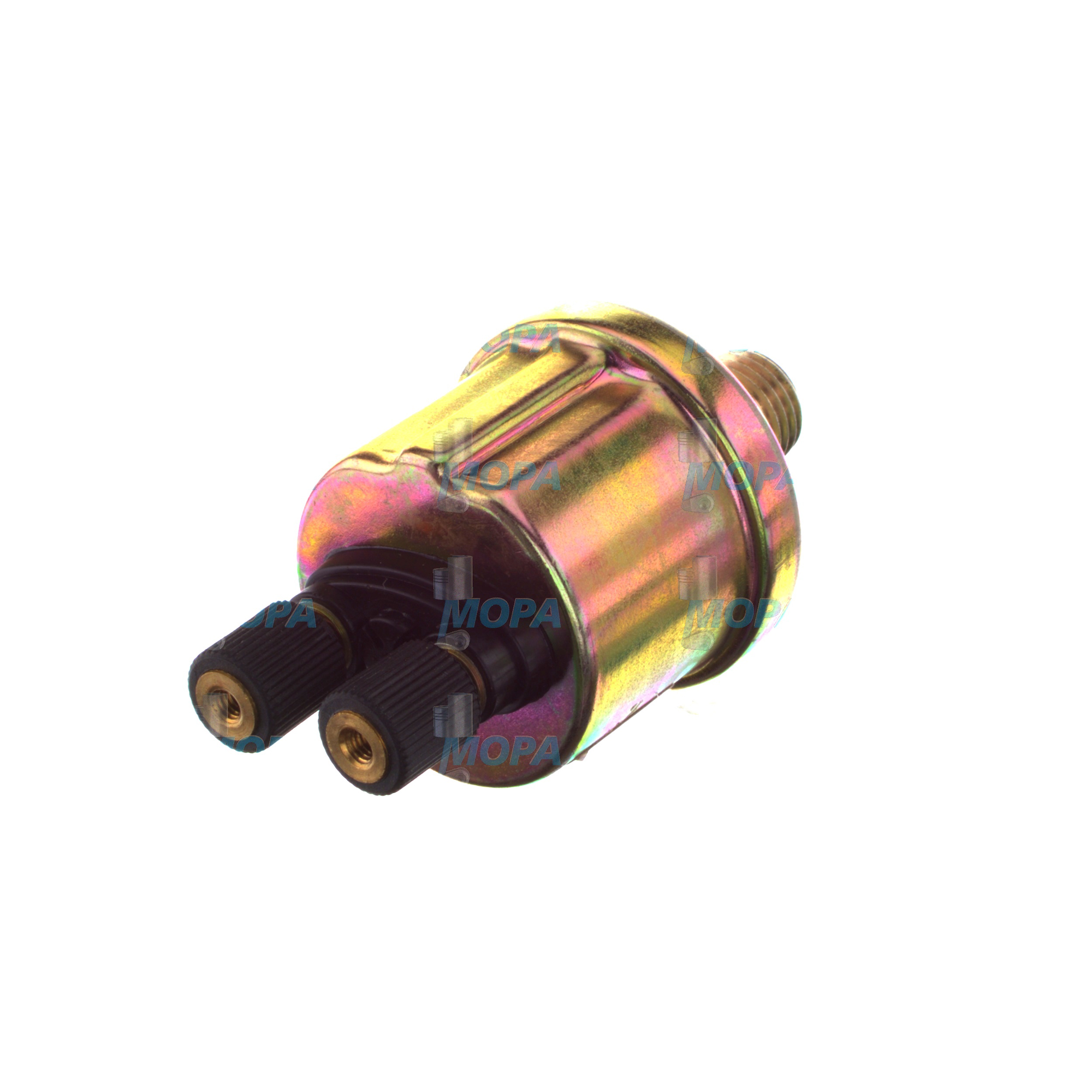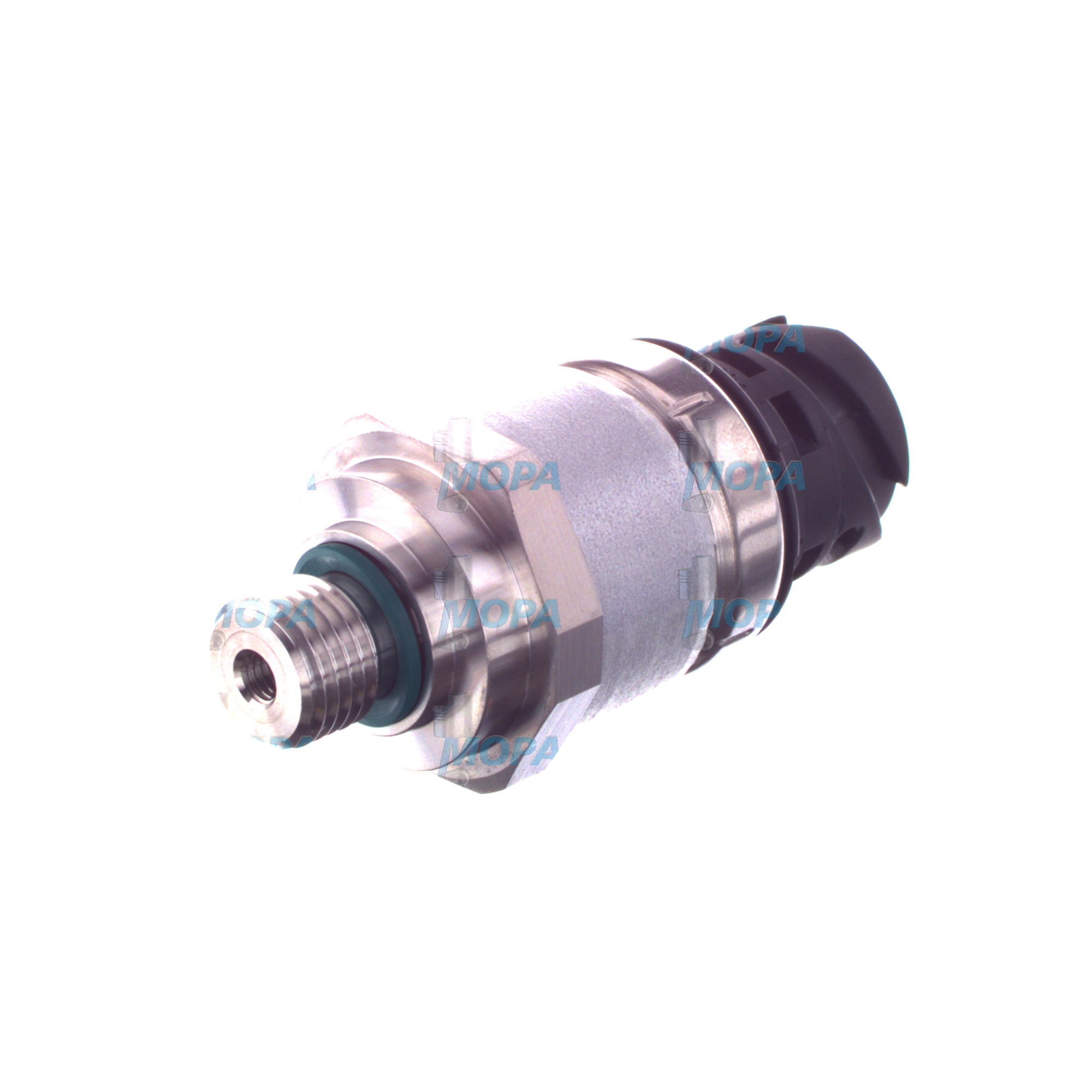PRESSURE SENSOR and Gauges and Sensors for Marine and Diesel Engines
Gauges and sensors are the nerve system of any propulsion or power-generation engine. They convert real-time conditions—pressure, temperature, speed, level, flow, and vibration—into actionable signals for displays, alarms, and control units. In marine and diesel applications, this instrumentation ensures that lubrication, fuel delivery, charge air, and cooling circuits remain within safe limits, while operators and automation systems receive precise data to keep engines efficient and protected.
Within this category, the PRESSURE SENSOR is central. Whether on a common-rail diesel engine or a large-bore marine engine, it tracks lube oil pressure, fuel rail pressure, charge-air pressure, and cooling-water pressure to stabilize operating conditions, prevent component stress, and optimize performance. Together with temperature probes, tachometers, and level transmitters, gauges and sensors support both manual oversight and closed-loop control strategies.
Technical function: Gauges and sensors with a focus on the PRESSURE SENSOR in engine control
Gauges and sensors provide continuous measurement and feedback to the ECU, PLC, or alarm monitoring panel. A PRESSURE SENSOR in a diesel engine translates mechanical pressure into an electrical signal via piezoresistive, strain-gauge, or piezoelectric elements. That signal (often 4–20 mA, 0–10 V, ratiometric output, or digital via CAN/J1939) is interpreted by the control system to adjust fuel injection, turbocharger geometry, cooling flow, and protective shutdown thresholds. In a marine engine, lube oil PRESSURE SENSOR readings protect bearings and journals, while charge-air and exhaust-related measurements prevent turbo overspeed and thermal stress. When specified as OEM parts, the calibration curve, hysteresis, and response time match the engine maker’s control logic to keep control loops stable and emissions compliant.
Other essential elements in this category include temperature sensors (coolant, oil, EGT), level and flow transmitters (day tank, separator outlet), speed pickups (flywheel, shaft line), and panel gauges that present critical values with high visibility. Enclosures are typically sealed to IP67/69K for spray and washdown, with housings and wetted parts engineered for corrosion resistance against seawater, fuel, and lube oils. For safety, many systems apply dual-channel sensing on key circuits, cross-checking signal plausibility before triggering alarms or reduced-power modes.
Key characteristics and advantages of Gauges and sensors
· Robust measurement under vibration and thermal cycling.
· Fast response for stable closed-loop control.
· High accuracy and repeatability across the full range.
· Corrosion-resistant materials for marine environments.
· IP-rated housings to prevent ingress and drift.
· Wide operating temperature range and EMC shielding.
· Standardized outputs (4–20 mA, 0–10 V, CAN/J1939).
· Calibrated to engine ECU or monitoring system logic.
· Thread and connector interfaces suitable for engines.
· Documentation and traceability for maintenance records.
Importance for engine operation and service life
Reliable gauges and sensors underpin uptime. Stable PRESSURE SENSOR signals sustain the hydrodynamic oil film that protects bearings; precise fuel pressure feedback keeps atomization consistent, combustion clean, and thermal loads balanced. Accurate temperature and flow readings avert localized overheating that can scuff liners, glaze cylinders, or crack heads. In marine engine duty—where long running hours, load swings, and ambient variations are the norm—robust sensing is the difference between predictable operation and disruptive downtime.
When gauges and sensors drift, stick, or fail, the consequences escalate quickly: false alarms that lead to unnecessary slowdowns, missed alarms that allow damaging events, over-fuelling that increases SFOC and emissions, coolant imbalances causing thermal shock, and turbocharger incidents due to incorrect charge-air pressure feedback. A lagging PRESSURE SENSOR in a diesel engine, for example, can mask a drop in lube oil supply, risking rapid bearing wear and catastrophic failure. Conversely, noisy or unstable signals can trigger derate modes, reducing available power at critical moments such as harbor maneuvers or peak load periods.
Advantages of OEM spare parts suitable for Gauges and sensors
Choosing OEM spare parts suitable for this category protects performance, budget, and engine life. Sensors and gauges built to the engine specification provide exact signal scaling, correct damping, and verified response dynamics. That precision keeps closed-loop controls tuned, reduces nuisance alarms, and maintains fuel efficiency over the full load map. Materials and sealing systems are tested for the fuels, oils, coolants, and cleaners actually used on board, cutting the risk of leaks and corrosion. Electrical interfaces—connectors, pinouts, shielding, and cable lengths—match the harness and minimize EMI in harsh engine-room environments.
Beyond operational stability, correctly specified OEM parts help preserve class compliance and safety margins. Pressure boundaries, burst ratings, and fail-safe behavior are validated against the applicable standards, while traceable production and test data simplify audits and maintenance planning. The result is a lower total cost of ownership: fewer repeat interventions, fewer unscheduled stops, and longer intervals between calibrations.
PRESSURE SENSOR use cases in marine engine and diesel engine applications
Fuel system control
Rail and feed PRESSURE SENSOR feedback stabilizes injection pressure to maintain torque, reduce smoke on transients, and prevent injector overloading.
Lubrication and cooling protection
Oil and seawater circuit sensing ensures adequate flow and pressure under all sea states, protecting bearings, camshafts, and liners from boundary lubrication and heat stress.
Air and turbocharger management
Charge-air and scavenge PRESSURE SENSOR data keeps boost within design limits, guarding against surge and overspeed while sustaining efficient combustion.
MOPA as a partner for OEM spare parts Gauges and sensors
MOPA supplies OEM spare parts for Gauges and sensors with the speed, quality, and security required for diesel and gas engines. From PRESSURE SENSOR replacements to temperature probes, level transmitters, and panel gauges, MOPA provides components matched to engine specifications and documentation needs. Efficient logistics, responsive sourcing, and careful part identification reduce downtime and simplify planned maintenance for shipowners, operators, and power plant managers. With MOPA, you receive technically correct parts, verified performance, and safe, reliable trade—delivered fast.
Conclusion
Gauges and sensors—especially the PRESSURE SENSOR—are fundamental to safe, efficient operation of marine and diesel engines. Accurate, stable measurement sustains performance and extends service life. OEM spare parts suitable for Gauges and sensors ensure the right fit, calibration, and durability, delivering dependable results and protecting your maintenance budget over the long term.



